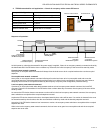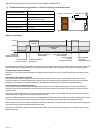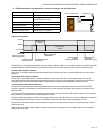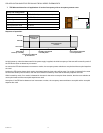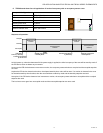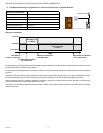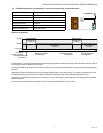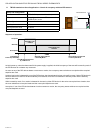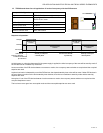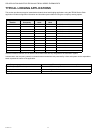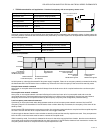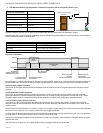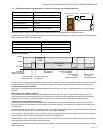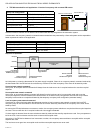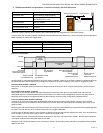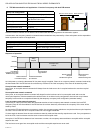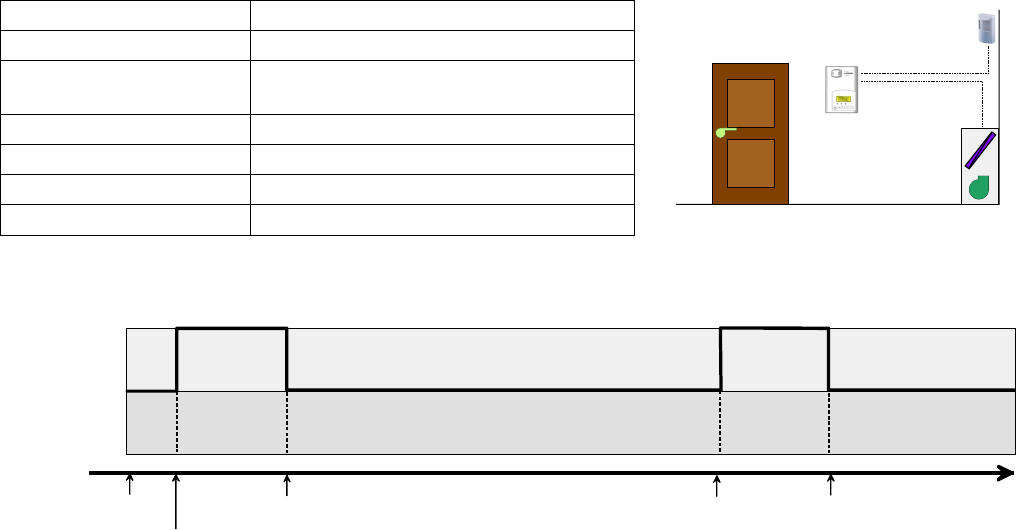
PIR APPLICATION GUIDE FOR TB7200 AND TB7300 SERIES THERMOSTATS
19 63-4526—01
12. TB7300 stand-alone fan coil application—2 levels of occupancy with dual PIR sensors
Sequence of operation:
At initial power-up, when the thermostat 24 Vac power supply is applied; the initial occupancy of the zone will be stand-by mode if
the PIR devices do not detect any movement.
As soon as either of the PIR devices detect a movement or motion, the occupancy status switches to occupied and the occupied
setpoints are used.
Anytime local motion is detected by one of the PIR devices, the elapsed stand-by timer value will be reset. If either PIR devices in
the zone detect no motion for the entire stand-by timer duration, then the room switches to stand-by mode and the stand-by
setpoints are used.
At anytime, if one of the PIR devices detects a local movement or motion, the occupancy status switches to occupied and the
occupied setpoints are used.
The local zone never goes into unoccupied mode and the unoccupied setpoints are never used.
Set-up and Configuration
Thermostat used TB73x0X5014X (commercial models)
PIR used BI1 configured for remote PIR sensor and
TB-PIR-FCU-C cover
BI2 Configuration None, no function
Stand-by timer value 2.0 hours
Unoccupied timer value 0.0 hours
Network interface used None, stand-alone
Remote PIR Sensor
Remote PIR Sensor
Unoccupied Time
= 0 Hours
Stand-By Time
= 2 Hours
Occupied
Stand-By
Unoccupîed
Time
Stand-By Time Elapsed
= Stand-By Mode
Last Movement Detected
by PIR Activity
Time
Stand-By Time Elapsed
= Stand-By Mode
Stand-By Time
= 2 Hours
Unoccupied Time
= 0 Hours
First Movement Detected
by a PIR Device
Initial State at
Power-Up = Stand-By



